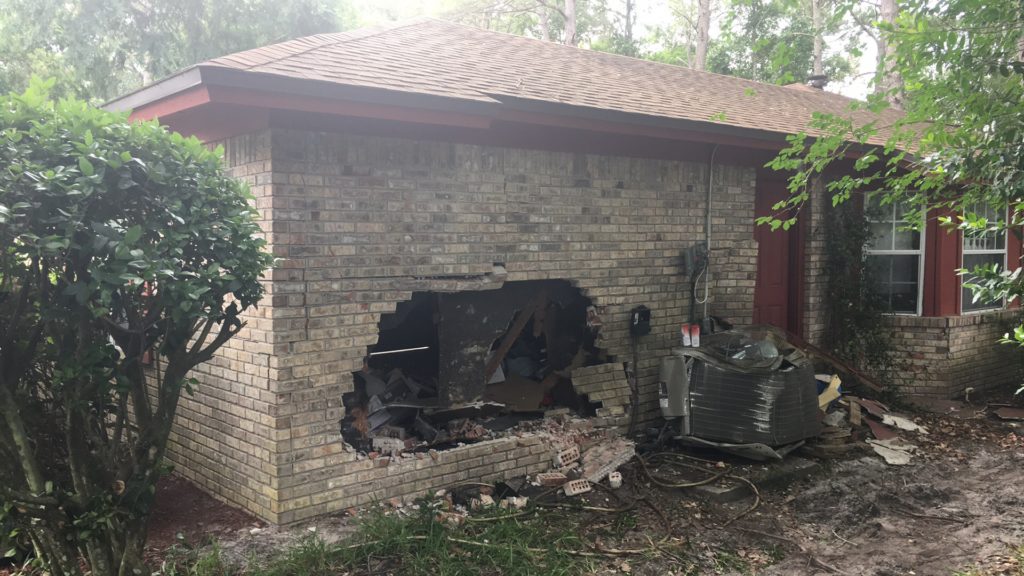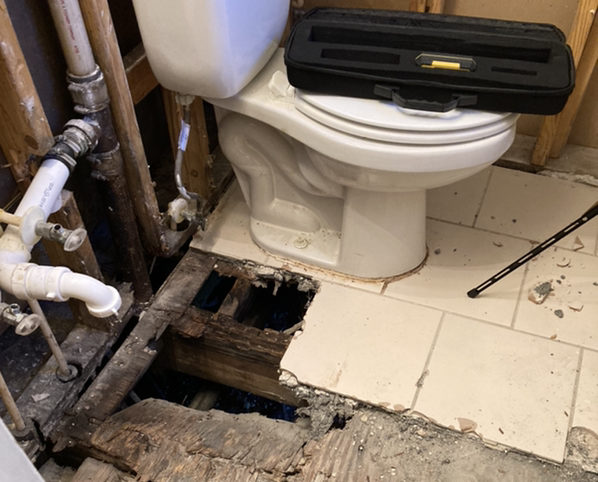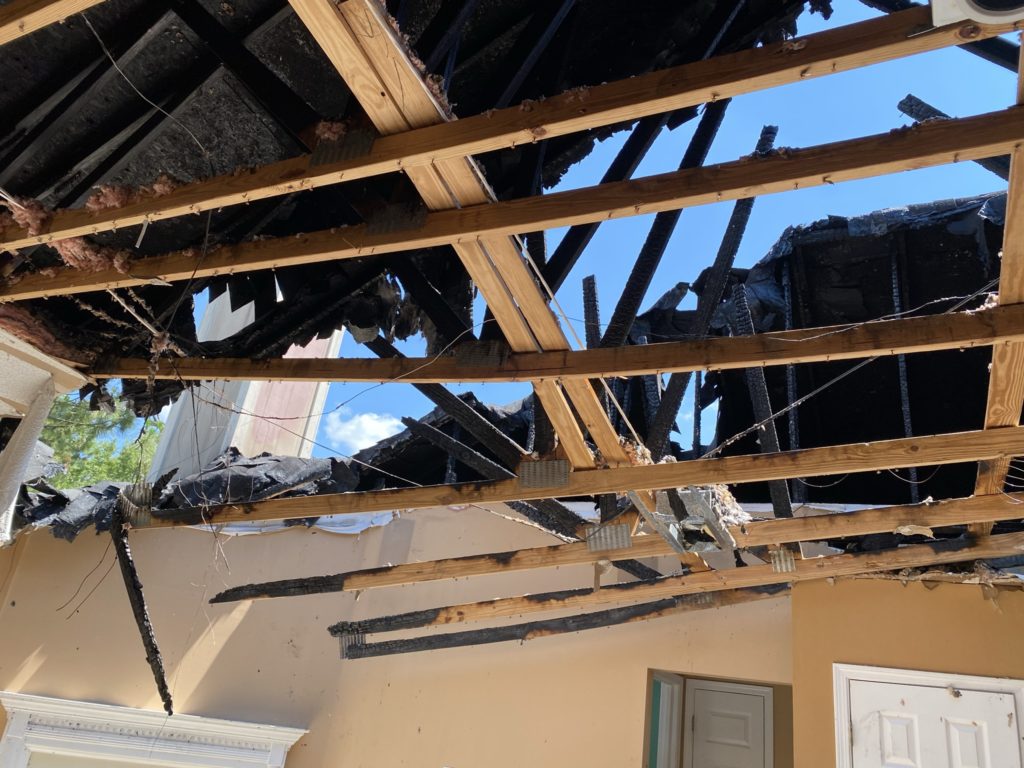Home » My Home Has Been Damaged – Who Do I Contact to Get the Restoration Process Started?
You come home from work only to find your garage has flooded from broken pipes. You hear a loud bang and realize a huge tree limb has landed on your roof and left a large hole in your ceiling. You’re cooking dinner and a grease spill catches fire, causing significant damage to your kitchen. What do you do after you make sure your family is safe from the threat?

Once the immediate threat has been contained (ie. the fire is extinguished, water shut off, etc.) and your insurance company has been notified, the next step for most homeowners is to call an emergency restoration company. They will immediately evaluate the extent of damage and take any emergency cleanup measures needed to ensure the safety of the home and mitigate further damage. In cases where the damage is severe enough to threaten the structural integrity of the home, the emergency restoration company should call a Structural Engineer to fully assess the damage to ensure the home is structurally sound. As the structural engineer on the project, we will then make recommendations to the emergency restoration company and the homeowner on repairs that need to be made to make the home habitable again from a structural standpoint. In more severe cases, our engineering plans will specify the repairs required to restore the structure back to its state prior to the damage.

Damage types that most often require a structural engineering evaluation as part of the restoration process are fire/smoke damage, tree damage, flood/water damage, storm/wind damage, and even damage from vehicles crashing into homes. When in doubt about the structural damage severity, it’s always best to err on the side of caution and get us involved in the process upfront so we can work closely with the homeowner and emergency restoration company.

“The cases we most often see that require a structural assessment and recommendations report are fires and major tree damage, both of which can adversely affect the structural integrity of the home,” said Adam Russell, Vice President of Engineering at Russell Rowland. “In the end, our job is to make sure the home is structurally safe so it can be restored back to its original condition as efficiently and cost-effectively as possible.”
Alabama
Arizona
Florida
Georgia
Idaho
Nevada
N. Carolina
Ohio
S. Carolina
Tennessee
Texas
Washington